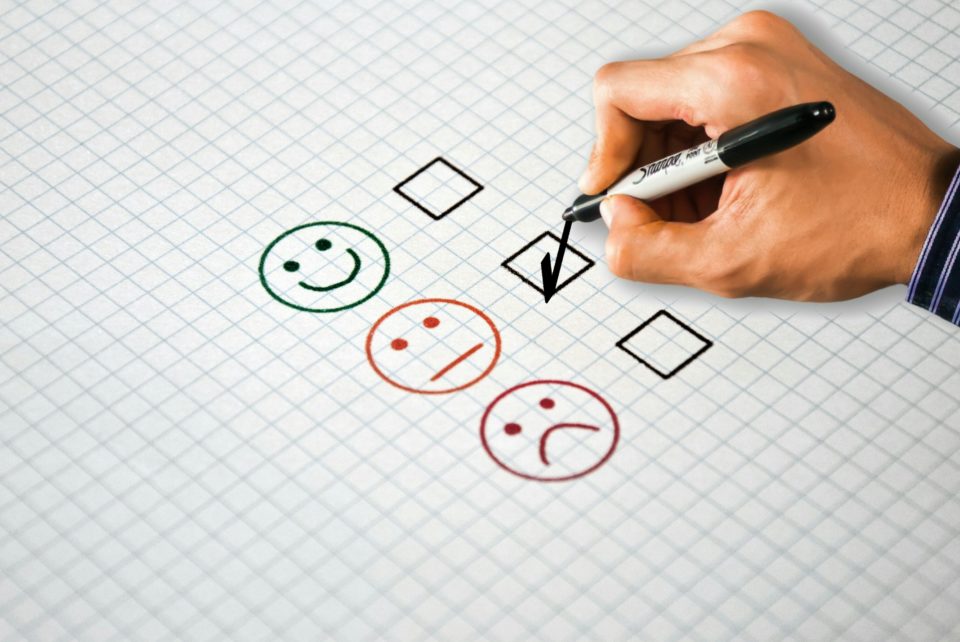Artificial intelligence (AI) has been in the news lately because a recent advance in the technology now makes AI both significantly more advanced and more accessible to businesses. While in the past, companies needed big budgets and teams of developers to utilize AI, current tools have opened the technology to medium and even small companies.
Marketing is one area where companies are benefitting from AI. A few examples:
- Companies are using AI to analyze data on customer behavior, demographics, and purchase history to create personalized marketing campaigns that are more likely to resonate with individual customers.
- Retailers are using AI-powered chatbots to provide personalized product recommendations to customers based on their browsing history and purchase history.
- Restaurants are using AI-powered predictive analytics to analyze customer data and make predictions about which menu items are likely to be popular, allowing them to optimize their menu and improve their sales.
And there are many benefits beyond marketing, such as:
- Companies are uncovering new business opportunities by using AI to analyze customer behavior and preferences.
- Banks and other businesses are using AI to detect and prevent fraud.
- Manufacturers are using AI-powered predictive maintenance systems to predict when equipment is likely to fail, so that maintenance can be scheduled before a breakdown occurs.
And that’s just a small sample of the ways AI is being used. To be fair, many people have concerns about AI, such as job losses and potential abuse of AI systems. But like it or not, these advances are coming and companies that don’t get involved may find themselves at a competitive disadvantage.
I’m starting a mastermind group for those interested in discussing how to utilize AI to benefit their companies. Please let me know if you’d like to participate. Email me at info at bureauwest.com.
Sources: Bureau West research; ChatGPT; “How AI could empower any business,” Andrew Ng, TED2022; Graphic: Designed by pikisuperstar / Freepik

